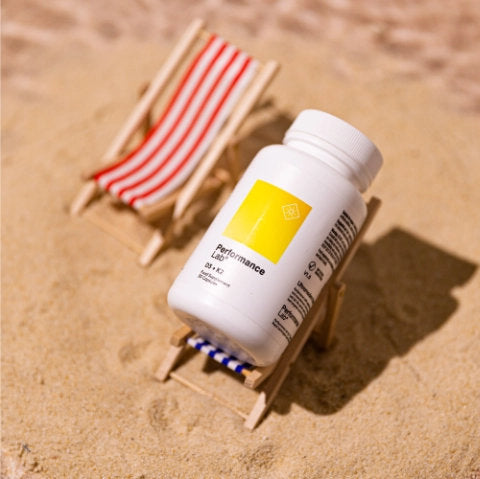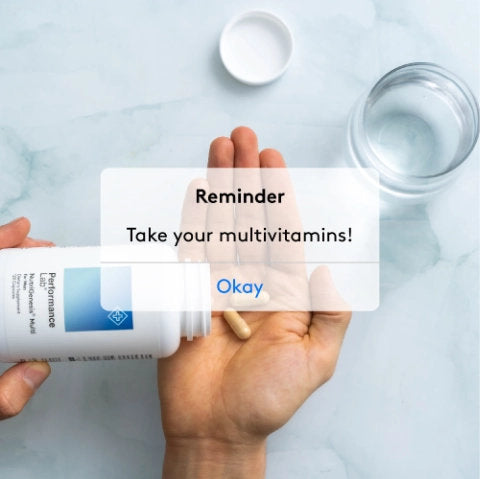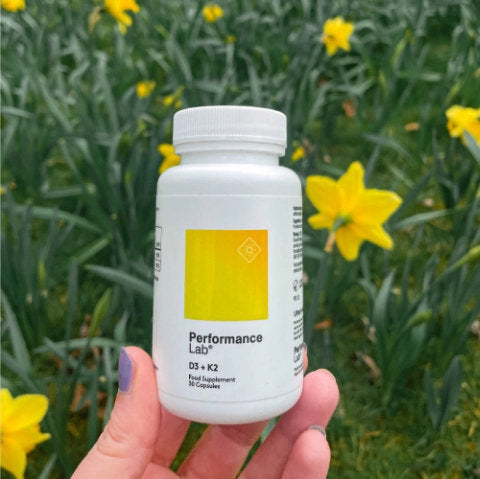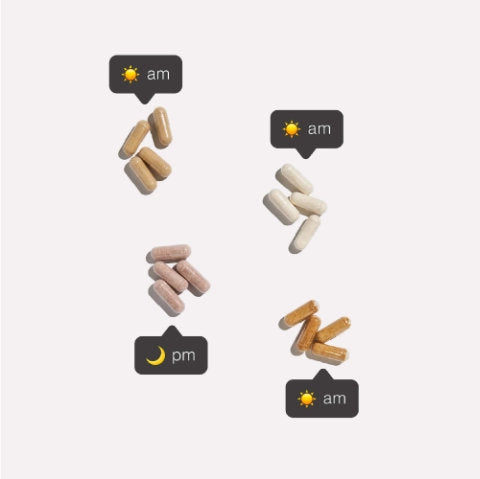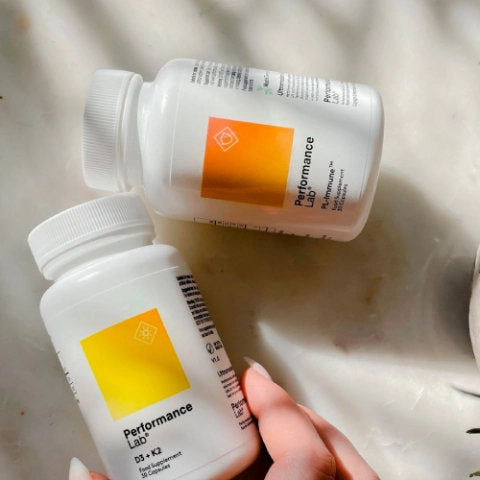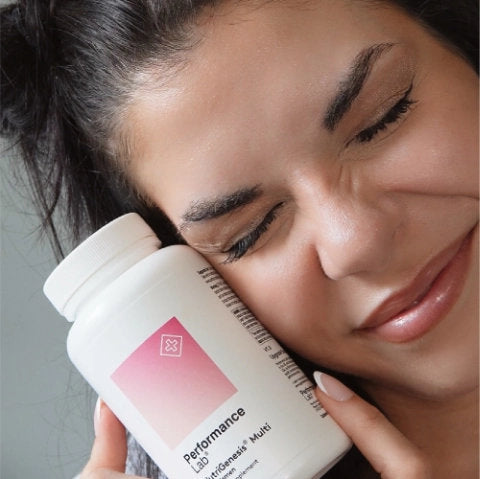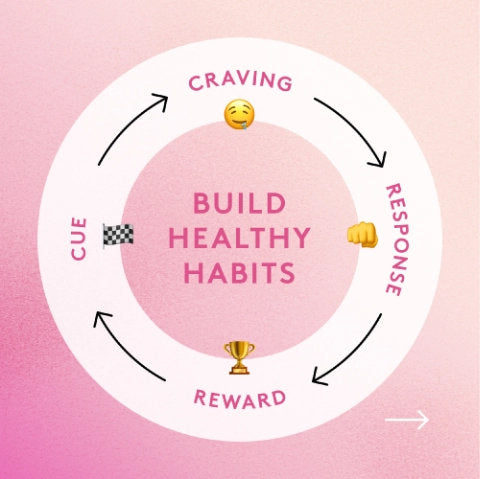The “sunshine” vitamin is by far one of the most important nutrients we need for healthy functioning of our body, but is also one of the most commonly lacking nutrients.
Vitamin D insufficiency affects almost 50% of the population worldwide, across all ethnicities and age groups.1 This is mainly attributed to lifestyle and environmental factors, which will be discussed in this article!
As vitamin D is not overly present in foods, it makes it much more difficult for us to achieve our recommended daily intake without the help of supplementation.
With many vitamin D products on the market now, in the form of tablets, capsules, oral sprays and more, it can sometimes be tricky to figure out the ideal dose for us.
How much is too much?
Are you at risk of insufficient vitamin D?
What is the best way to take it?
All questions answered here!
Firstly, what is the role of vitamin D and why is it so important for us?
Why is Vitamin D Important?
Vitamin D is a fat-soluble vitamin essential for overall health and bodily function.
The key roles of vitamin D include:
- Helping our body absorb calcium, thus maintaining healthy bones and teeth
- Protecting us from bone diseases such as osteoporosis
- Ensures proper functioning of our muscles
- Helps our immune and nervous system function
A lack of vitamin D can lead to bone deformities such as rickets (more commonly in children), and osteomalacia in adults. This is why it is key to get adequate amounts!
Where to Find Vitamin D
Our primary source of vitamin D comes from sunlight (hence the name “sunshine” vitamin).
We can synthesize vitamin D though skin exposure to UV rays, which is often why supplementation is highly recommended throughout winter months, when sunlight is typically lacking, and we spend more time indoors.
Vitamin D is also found in small amounts in some foods, including:
- Oily fish
- Red meat
- Liver
- Egg yolks
- Fortified cereals, milks, and juices
Due to vitamin D being found in small amounts in food, and from sunlight, which is not always the most reliable source, supplementation is often required to bridge any potential deficits.
Though there are some groups even more at risk of insufficiencies.
Vitamin D: Who is Most at Risk of Insufficiency?
Consuming sufficient vitamin D from food alone can sometimes prove difficult, which is why dietary supplements are often required, particularly if you belong to any of the following groups:
- Breastfed infants
- Older adults
- People with limited sun exposure
- People with dark skin
- People with fat malabsorption
- People who are obese or who have undergone gastric bypass surgery
This is due to factors such as limited nutritional intake, lack of sun exposure, or lack of fat intake to help absorption (vitamin D is a fat-soluble vitamin).1
It appears some populations are at risk of insufficiencies. So, does this mean each population has a different recommended intake? Let’s explore!
Vitamin D: How Much Do I Need?
The best way to get additional vitamin D is through supplementation.
Most supplements, specifically multivitamins, contain around 400-1000IU per serving. Though, what is the actual recommended daily amount?
The recommended daily allowance for vitamin D is currently set at 400-800IU per day, though this is actually too low for adults.2
The recommended amounts of daily vitamin D intake are sometimes based on life stage3, such as:
- Birth to 12 months - 10 mcg (400 IU)
- Children 1–13 years - 15 mcg (600 IU)
- Teens 14–18 years - 15 mcg (600 IU)
- Adults 19–70 years - 15 mcg (600 IU)
- Adults 71 years and older - 20 mcg (800 IU)
- Pregnant and breastfeeding teens and women - 15 mcg (600 IU)
However, upper limits of up to 4,000IU have been noted as being tolerable and safe.
In conclusion, it’s important to hit your daily recommended intake based on your life stage, though you may require extra if you belong to a group who are at risk of insufficiencies, if you lack exposure to sunlight (in the winter months), or even if you’re an athlete.
So, what is the best way to take vitamin D?
How to Take Vitamin D
Many vitamin D supplements come in the form of vitamin D3 (cholecalciferol), which is recommended over D2 (ergocalciferol), as D3 is used more effectively in the body.1
To maximise the absorption of vitamin D, it’s best taken with a meal or snack that includes some fat.

We recommend taking vitamin D as part of a multivitamin, such as NutriGenesis® Multi, which contains 1000IU of vitamin D3 per serving, alongside all other essential nutrients to promote optimal health and wellbeing!
References
- Nair R, Maseeh A. Vitamin D: The "sunshine" vitamin. J Pharmacol Pharmacother. 2012;3(2):118-126.
- K. Patel. Vitamin D. Examine.com. 2021
- https://ods.od.nih.gov/factsheets/VitaminD-Consumer/

